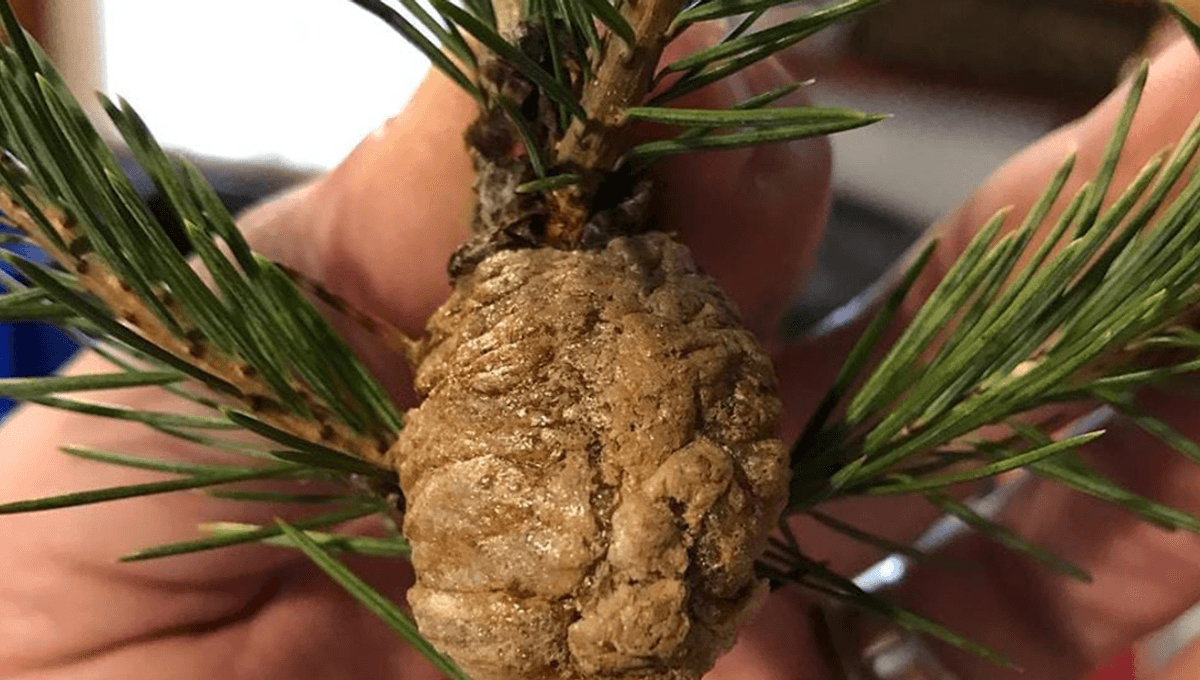
It’s that time of year again when humans hack down living trees and bring them inside to hang plastic decorations on, to celebrate the birth of a man who was possibly born in April.
While real trees are marginally better for the environment than fake, plastic trees, it’s best to give them a bit of a check over before you bring them inside. As one family discovered, small walnut-like growths sometimes found on Christmas trees are not part of the tree itself, but are “oothecas” potentially harboring hundreds of praying mantis eggs.
Andrea Coward, from Ohio, USA, and her family decided to cut down a tree from a nearby farm. Two weeks later, they noticed movements amongst the branches and needles.
“They were on the tree branches and then they just started running,” Coward said in an interview with Inside Edition. “They started running down the tree, across the floor, they were just scattering all over.”
According to a Facebook post by Officials in Erie County, Ohio, if you see such a growth on your tree, the best advice is to not bring it indoors.
“PSA: If you happen to see a walnut-sized/shaped egg mass, on your Christmas tree, don’t fret, clip the branch and put it in your garden,” they wrote in the post. “These are 100-200 praying mantis eggs!”
This advice, of course, applies only to people living in areas with praying mantises, and the danger is to the praying mantises themselves. The creatures are quite harmless to anyone other than their prey, which we – thankfully – are not.
“Don’t bring them inside,” the post explains, “they will hatch and starve!”
They are unlikely to pose any danger to humans, even with their rare, venom-less bites, and do not carry disease. The mantis, meanwhile, would be in serious danger of a lack of food were they to find themselves transported into a nice, cozy, insect-free living room for Christmas.
In areas where praying mantises live, Christmas tree farms will of course attempt to look out for these sacs.
“We train our workers to look for them as we process the trees our customers cut from our fields,” Alan Binger, owner of Hidden Pines Christmas Tree Farm in Ohio, told The Dodo. “We put each tree on a shaker after being cut, which will sometimes detach the sac from the tree, but sometimes we will manually pull the sac from the tree. We save any sacs we find and place them back in smaller trees in the field so that they can hatch in the spring and do their great work.”
But if they get missed, Ohio officials suggest that you just cut off the branch and place it outside, before you witness up to 200 praying mantises crawling out of their eggs.
An earlier version of this article was published in December 2021.
Source Link: If You Find These Walnut-Like Growths On Your Xmas Tree "Don't Bring Them Inside"